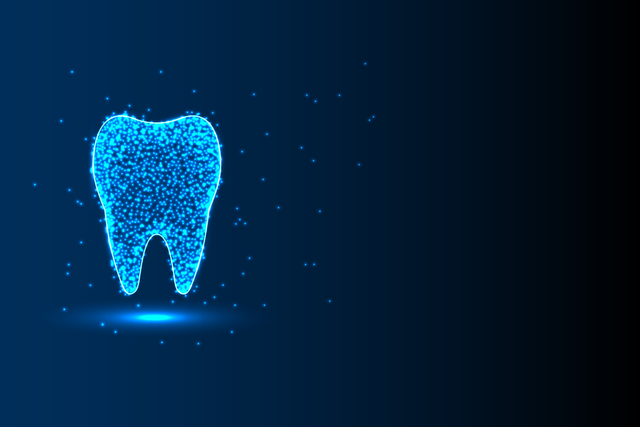
Tooth loss is commonly recognized as a normal part of aging, but what if there was a method to better detect individuals at risk without requiring a dental exam.
Forecasting Tooth Loss Through Artificial Intelligence
According to a new study headed by Harvard School of Dental Medicine experts, machine learning algorithms can assist identify people at the highest risk for tooth loss and send them for additional dental examination in an effort to guarantee early treatments to avoid or postpone the condition.

The study, published on June 18 in PLOS ONE, examined five risk-screening algorithms that used a different mix of factors. The results revealed that algorithms that took into account medical features and socioeconomic factors such as race, education, arthritis, and diabetes outperformed those that relied just on dental clinical indications.
According to study lead investigator Hawazin Elani, assistant professor of oral health policy and epidemiology at HSDM, while all machine-learning models can be useful predictors of risk, those that incorporate socioeconomic shifting can be the powerful screening tools to identify those at heightened risk for tooth loss.
She went on to say that the method may be used to test patients all around the world and in a variety of health care settings, including by non-dental professionals.
The loss of a tooth may be both physically and mentally devastating. It can have an impact on one’s quality of life, well-being, nutrition, and social relationships. If the early indications of dental illness are detected and treated immediately, the process can be slowed, if not completely avoided. However, many patients with dental illness may not see a dentist until the condition has progressed well beyond the point where a tooth may be saved.
According to the scientists, this is precisely where screening technologies might assist in identifying people at greatest risk and referring them for further evaluation.
The researchers examined data from the National Health and Nutrition Examination Survey on nearly 12,000 adults to design and test five machine-learning algorithms and assess how well they predicted both complete and gradual tooth loss among adults on the basis of socioeconomic, health, and medical characteristics.
Notably, the algorithms were created to estimate risk without the need for a dental checkup. The researchers emphasized that anyone identified at high risk of tooth loss would still have to have a physical check.
The study’s findings emphasize the relevance of socioeconomic factors that influence risk in addition to standard clinical indications.
According to Elani, the findings indicate that machine-learning algorithm models including socioeconomic factors were better at predicting tooth loss than those depending just on regular clinical dental indications. This study emphasizes the significance of socioeconomic determinants of health. Knowing the patient’s education level, work position, and income is just as important as analyzing their clinical dental state for forecasting tooth loss.
Indeed, it has long been recognized that low-income and disadvantaged groups bear a disproportionate part of the cost of tooth loss, owing to, among other things, a lack of regular access to dental treatment, according to the researchers.
They know how important early detection and prompt care are in preventing tooth loss as oral health professionals, and these new findings point to an important new tool in achieving that, according to Jane Barrow, associate dean for global and community health and executive director of the Initiative to Integrate Oral Health and Medicine at HSDM. Dr. Elani and her study team provided fresh insight on how to most effectively target preventive efforts and improve patient quality of life.
Researchers from Harvard T.H. Chan School of Public Health, the University of So Paolo in Brazil, and the University of Otago Faculty of Dentistry in New Zealand collaborated on the study.
The National Institute on Minority Health and Health Disparities funded this research.